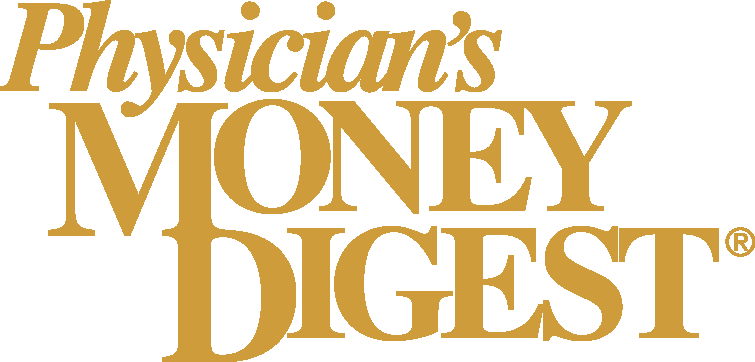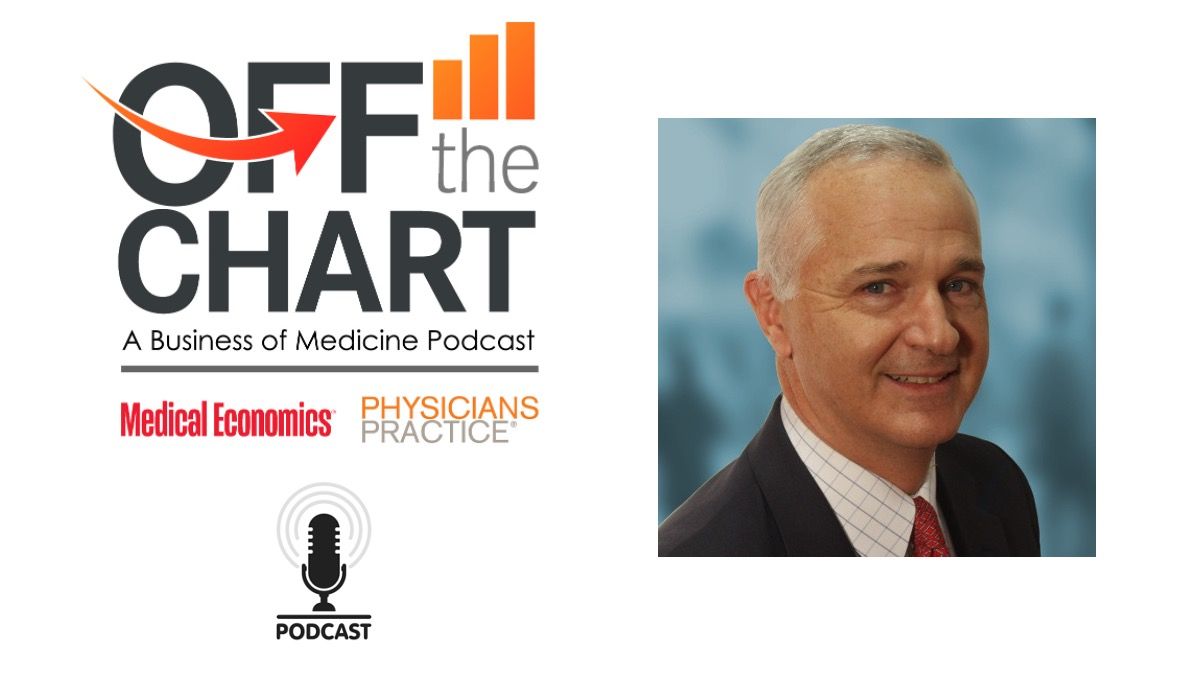Article
ONLINE News Briefs
Donations, Medicare+Choice, Access to Care
A Medical Economics Web Exclusive
ONLINE News Briefs
Donations: Tragedies are magnets for con artists
Con artists have been taking advantage of the publics generosity in the wake of the Sept. 11 terrorist attacks. If you want to donate to disaster recovery efforts, protect yourself by following these tips from the Federal Trade Commission:
Give directly to recognized charities. Watch out for phony organizations using similar-sounding names.
Dont give your Social Security, credit card, or bank account numbers to anyone soliciting a contribution.
Pay by check and make it payable to the charity, not to an organization soliciting for the charity. You can also contribute safely online to several charities listed by the American Liberty Partnership at www.libertyunites.org .
Check out charities by contacting the Better Business Bureau to see if theyre listed with the Wise Giving Alliance at 703-276-0100 or www.give.org.
Report any possible fraud to the Federal Trade Commission at 877-382-4357 or www.consumer.gov/sentinel.
Medicare+Choice: The program may be doomed, despite HHS rescue efforts
Over the past three years, some 289,000 enrollees in Medicare+Choice HMOs were forced to return to traditional Medicare when their plans withdrew from the market. And recent attempts by HHS to reduce health plans administrative burdens havent reversed this decline. Another 58 plans will withdraw from or reduce their service areas next year, affecting 536,000 enrollees. While most will have access to a private fee-for-service plan, 38,000 will have no other Medicare+Choice option. Currently, 15 percent of Medicare beneficiaries (5.6 million) are enrolled in Medicare+Choice plans.
Access to Care: California hospitals teeter on the brink of collapse
Between 1995 and 1999, market forces caused operating margins of many California hospitals to deteriorate badly. More than half lost money in 1999, putting their viability in doubt, according to a survey by the California HealthCare Foundation.
Troubled California hospitals arent only losing money; theyre finding it increasingly difficult to obtain debt financing for maintenance, replacement, and new technologies. Whats more, the majority of survey respondents expect rapidly rising expensesespecially for drugs and laborto fuel the continuing decline in margins. Rural hospitals are particularly at risk, having shown "a consistently negative and worsening operating margin" betweem 1995 and 1999.
Yvonne Wollenberg. ONLINE News Briefs.
Medical Economics
2001;22.














